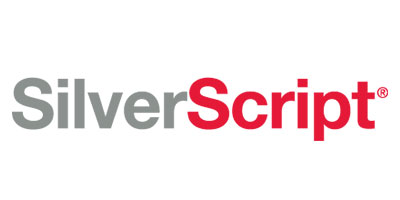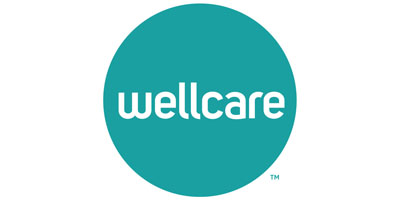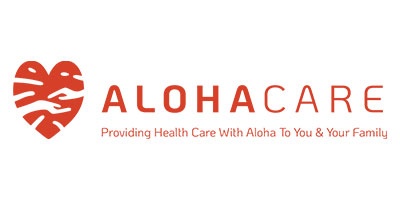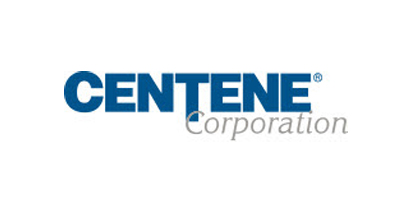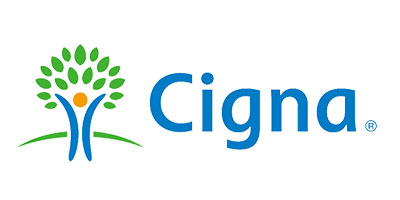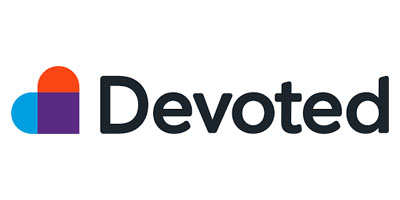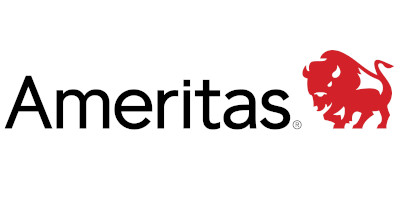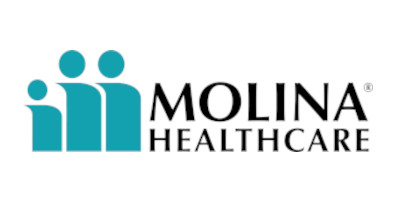Medicare 101
What is Medicare?
Medicare was enacted in 1965 under President Lyndon B. Johnson. It is a federal health insurance program for U.S. citizens and permanent legal residents.
It is the largest healthcare payer in the United States, In fact, it covers over 60 million people. You become eligible for Medicare when you turn 65. You may also become eligible before you turn 65. This is usually due to having end-stage renal disease at any age, or also if you are under 65 with certain disabilities.
Medicare offers basic insurance coverage. Therefore, it helps pay for things like doctor and emergency room visits, outpatient procedures, and hospital stays. The Centers for Medicare & Medicaid Services or CMS governs both Medicare and Medicaid. CMS is a branch of the Department of Health and Human Services (HHS).
Medicare is made of two parts: Medicare Part A also known as hospital insurance, and Medicare Part B also known as medical insurance.

How is Medicare funded?
According to CMS, total medicare expenditures for 2017 totaled $705.9 billion. This is funded through two U.S. Treasury trust funds:
- Hospital Insurance Trust Fund: funds Part A as well as Medicare program administration. The trust is funded by payroll taxes, income taxes paid on social security benefits, interest earned on the fund’s investments, and Part A premiums from those that don’t qualify for free Part A.
- Supplementary Medical Insurance Trust Fund: funds Part B, Part D, and program administration. This trust is funded mostly by Part B and Part D premiums, funds that Congress authorizes, and trust fund earned interest.

When can I enroll?
You become eligible for Medicare when you Turn 65, are not 65 yet but have a qualifying disability, or have end stage renal disease.
According to the 2020 Medicare & You Guidebook, the official U.S. Government Medicare Handbook, you will be automatically enrolled into Part A and Part B if:
- You’re already receiving benefits from Social Security or the Railroad Retirement Board (RRB).
- You’re under 65 with a disability.
- You have ALS (Lou Gehrig’s Disease).
For everyone else, you wil need to sign up in order to receive Original Medicare. You may sign up during one of the enrollment periods.
- Initial Enrollment Period: This is a 7month period. It includes the 3 months before the month your turn 65, the month your turn 65, and the 3 months after the month you turn 65.
- Special Enrollment Period: If you delayed signing up during your IEP, you may be eligible to sign up during a Special Enrollment Period.
You may face a late enrollment penalty for Part B, or Part D if you are eligible and choose not to enroll during your initial enrollment period. Make sure you have creditable coverage if you are considering delaying enrollment for either parts.

When does my coverage start?
- Example 1: Bill is turning 65 July 20. He enrolls in Medicare within the 3 months before the month he turns 65. Bill’s coverage will start July 1st.
- Example 2: Suzie is turning 65 July 1st. She enrolls in Medicare within the 3 months before the month she turns 65. Suzie’s coverage will start June 1st.
If you’re under 65 with a disability, your coverage will start after you receive Social Security disability benefits. This is also true if you receive some RRB disability benefits for at least 24 months.
If you have ALS (Lou Gehrig’s Disease), you’ll receive Medicare benefits the same month you start receiving Social Security disability benefits.

How to choose between A Supplement Plan or Advantage Plan
However, there are two main options that you will choose from. You can choose to have Original Medicare, which you can pair with a Supplement plan or you can choose an Advantage plan also known as Part C.
If you choose Original Medicare, it will consist of Part A and Part B. This is also known as Traditional Medicare or Fee-for-Service (FFS) Medicare. It is governed by the Centers for Medicare and Medicaid Services (CMS). If you go this route, you will most likely need to choose a stand-alone Part D (Prescription Drug) plan.

TIP: CONTACT SOCIAL SECURITY
With Original Medicare
- There are no networks. You can visit any doctor or hospital that accepts Medicare. This applies anywhere in the country, and without prior authorization from Medicare or from your primary care doctor.
- Medicare is your primary payer, therefore the government pays directly for your claims.
- You will typically pay a monthly premium for Part B. The premium is $148.50 per month for most people in 2021.
- Part A is free for most people if you have paid into social security taxes for at least 40 quarters. Some people pay a premium for Part A.
- There are co-insurances, co-pays, and deductibles. Medigap plans can help cover these costs.
- There is no out of pocket limit if you only have Original Medicare. This is where a supplement plan or advantage plan can help.
With Medicare Advantage:
- These are HMO and PPO plans. It is important to know that Advantage plans have network restrictions. Because of this, you will likely be more limited in your choice of doctors and hospitals. With the PPO plans you can go outside of the network. However, you will usually pay more.
- The carrier that handles your Advantage plan is the primary payer. Therefore, they will handle all claims.
- Premiums for an Advantage plan can be very low cost. However, you are still responsible for your monthly Part B premium which is $148.50 per month for most people in 2021. You must also still pay for your Part A premium, if you have one.
- Each Advantage Plan must at least cover what Medicare Part A and Part B covers. However, they may do so with different rules, costs, and restrictions.
If you have questions or need help with your enrollment, I am a phone call away! I am a licensed Independent Broker. Therefore, I am not loyal to any one specific insurance company. Above all, my loyalty is to my clients. Best of all, my services are 100% free of charge!

